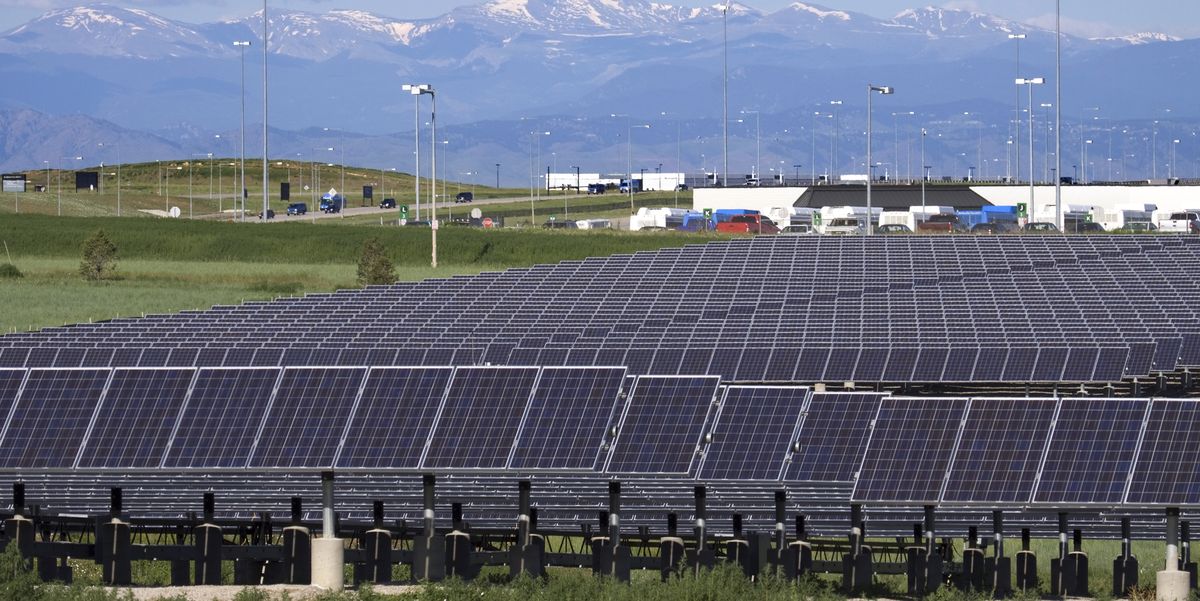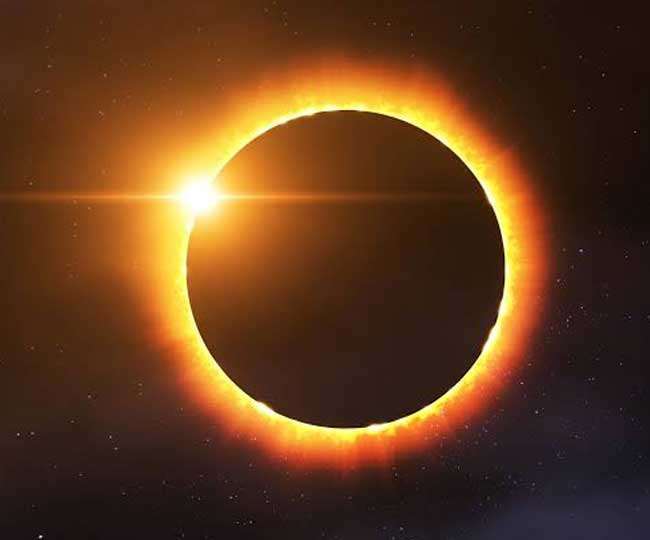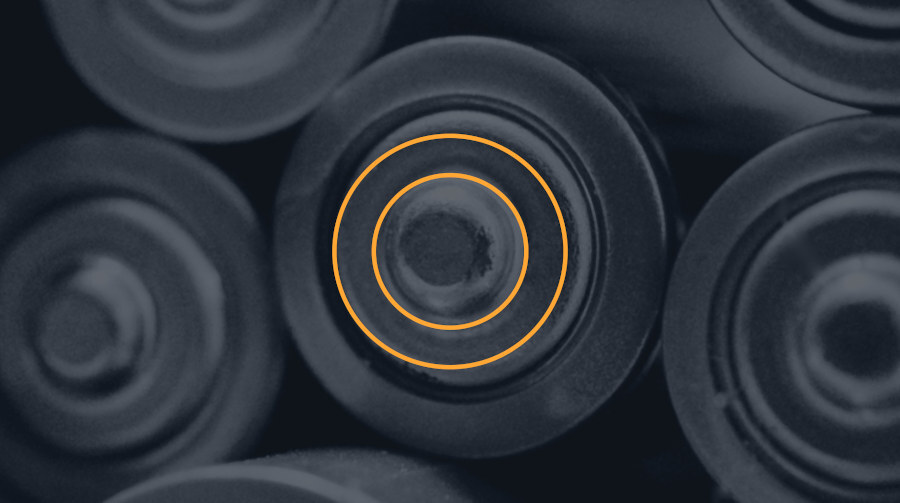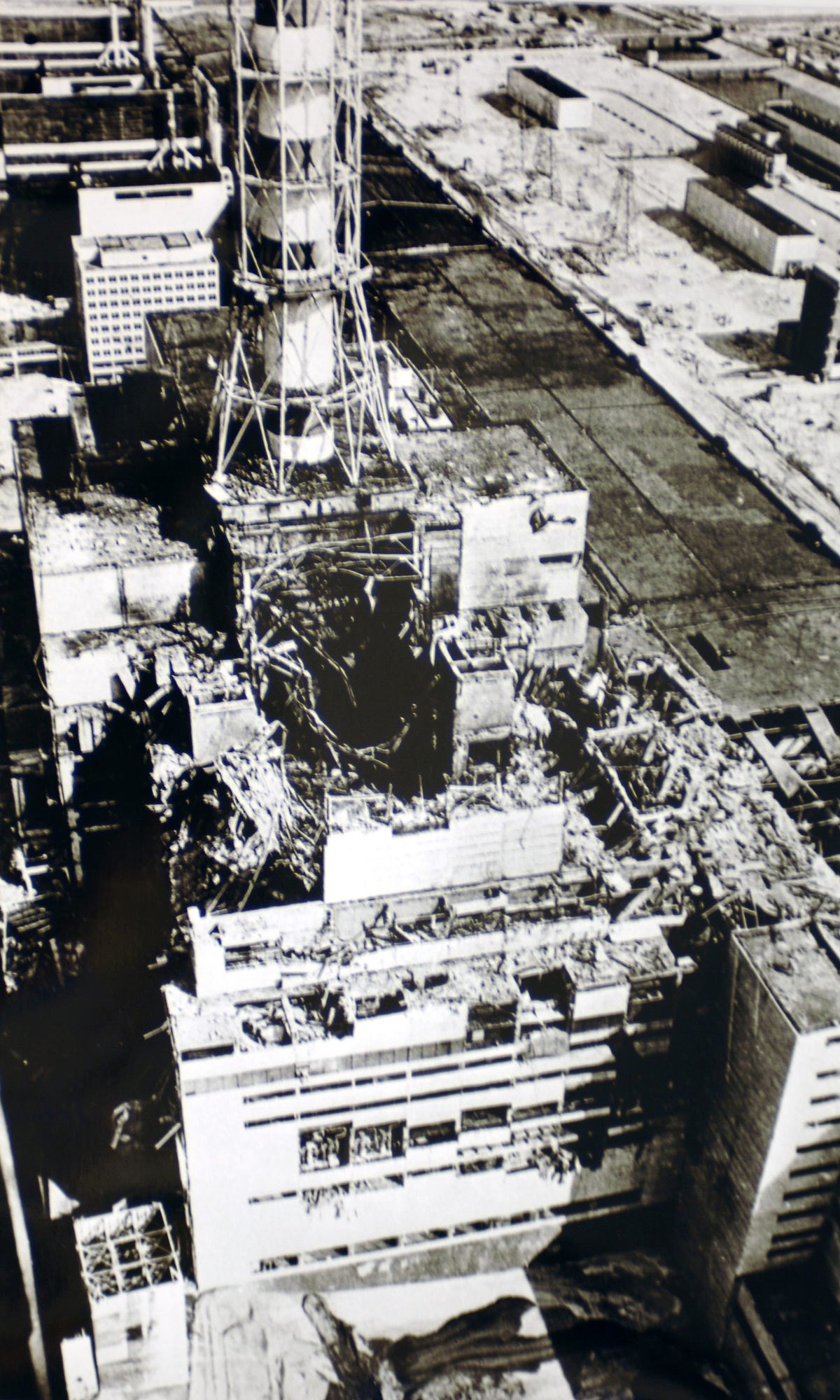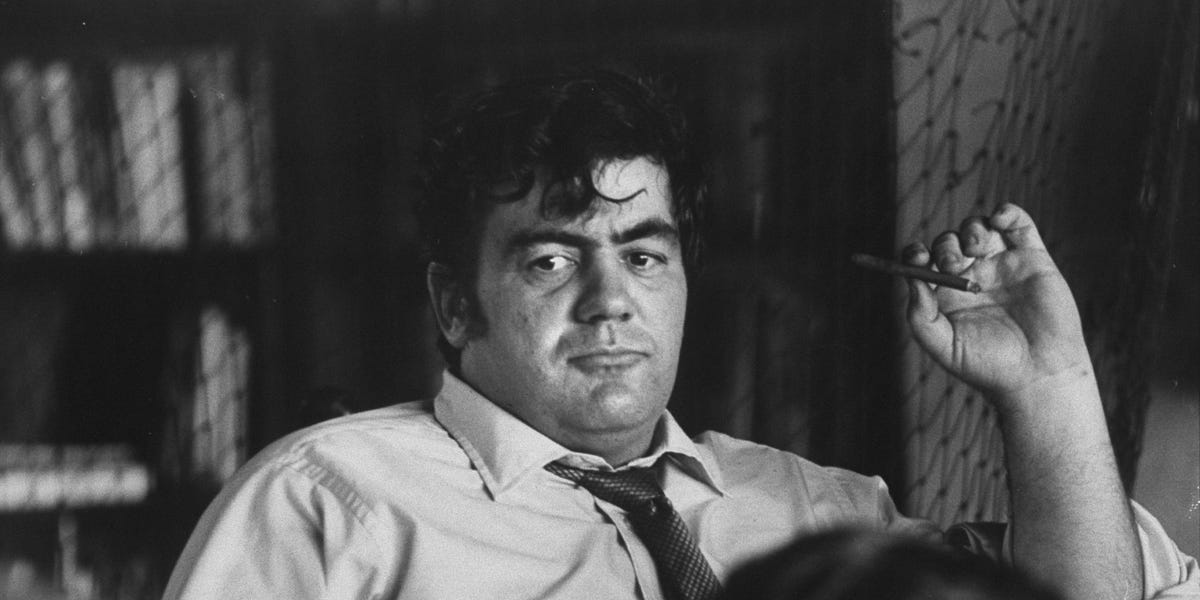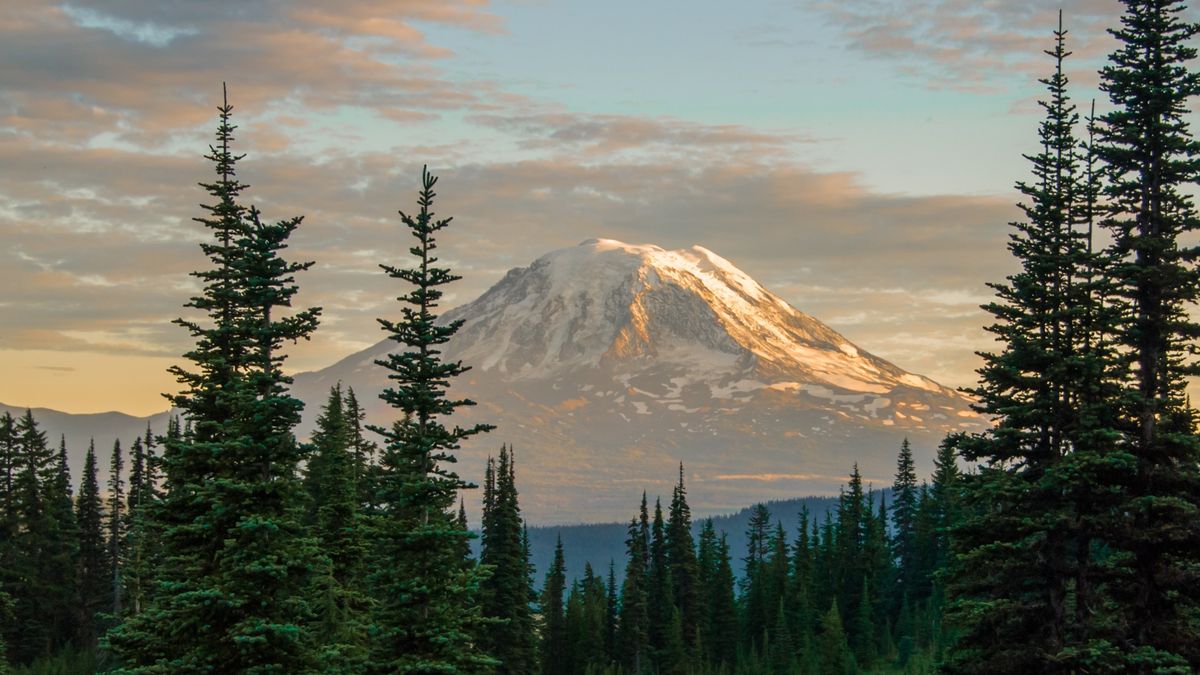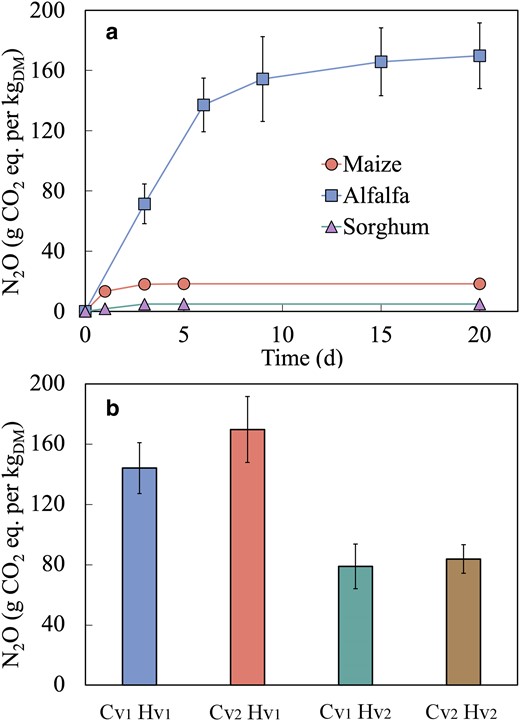What happens when solar panels die?
By the end of 2024, the world will have nearly 2,000 Gigawatts of solar generation capacity in service. Each panel is made of silicon, glass, various polymers, aluminum, copper and an assortment of other metals that capture the sun’s energy. It’s a rule of thumb that, barring damage, a panel will last for up to 30 years before it needs to be replaced. But what happens to all of those raw materials when the current crop of solar panels becomes obsolete? Surely, we’re not just wasting it all, are we?
Received wisdom suggests solar panels last for around 30 years, but that’s not the whole story here. “30 years is our best guess,” explained Garvin Heath of the National Renewable Energy Laboratory (NREL). NREL found there was a higher rate of failures at the start of a panel’s life, often due to manufacturing or installation faults. In midlife, only a handful of panels fail. Then the statistics begin to climb northward the closer to the three decade mark you get but, even so, the number of panels that break are “less than one percent” of the total in operation at that time.
Matt Burnell is the founder of ReSolar, a British startup looking into reusing, repowering and recycling solar panels. As part of his work, Burnell visited a 40,000 panel array solar farm where 200 of the panels were broken during installation. “I took about 50 from that site, tested them to see their value for reuse [and] generation capacity,” he said, most of which were within the “tolerance range of the manufacturer.” Essentially, for the odd crack in the glass or bump on the frame — which may cause problems down the line — the panels were otherwise perfectly functional.
